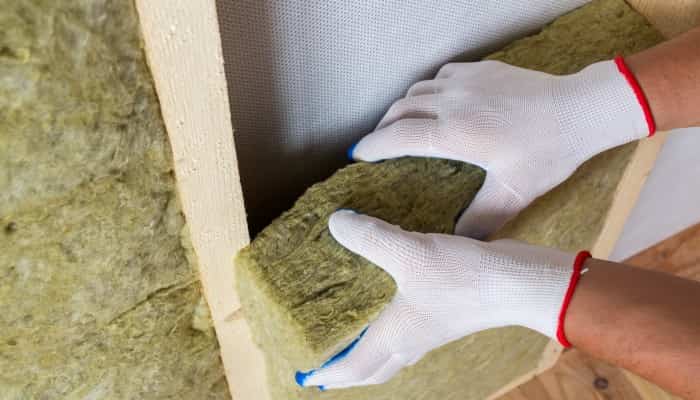There are cheap ways to insulate a loft. This includes the warm loft and the cold loft.
A warm loft is created when you insulate the underside of your roof directly. In this case, the barrier to warm air escaping from your home is not at the loft level but at the roof level. This will ensure that your loft space is warmed by the rest of the house making it more habitable. It also reduces the chance of condensation forming when cool air (in the loft) meets warm air (in the house) since the difference between the temperature of the air in your loft compared to the rest of the house is minimal.
Creating a cold loft is also a very cheap way to insulate a loft. In this case, the insulation is placed on the floor of the loft and forms a barrier for warm air leaving the house and entering the loft. The implication here however is that the loft then becomes a very cold spot and you may have condensation issues and may cause damage to your belongings.
On the flip side, the cold loft can become very warm in the Summer months, as warm air enters through the roof and becomes trapped.
To achieve the best possible insulation for your home, it is recommended that around 270mm of wool insulation is added to the floor of your loft. This will prevent heat loss from your home into the loft and will help you save around £140 per annum in energy bills.

